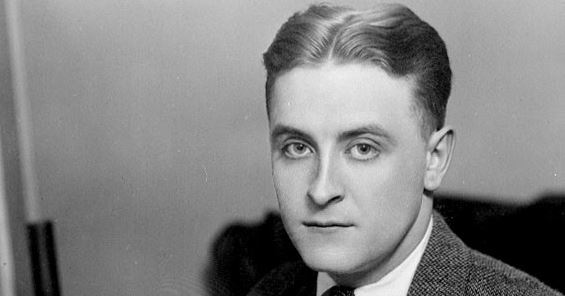Reload this page with pop-notes: English => 日本語
You will need to find some appropriate adjectives to describe the character you are writing about. Number 1 below is simple sentence pattern with two adjectives joined by “and.” Your adjectives might contrast each other. In that case, use “but” to join them. (Examples have been taken from student drafts with modification.)
1. Nick is passive and slow-thinking. / Nick is judgmental but kind.
You could also write a sentence with a noun as the predicate. The noun “man” below is modified by adjectives.
2. Nick is a kind and considerate man.
It is acceptable to write more than one sentence at the beginning of the paragraph. The second sentence below explains how Tom typically thinks.
3. Tom Buchanan is a rich man. He thinks being rich shows his high status.
You can show a character’s tendency by using an expression such “tend to” or adverbs such as “sometimes,” “often,” or “always”:
4. Nick is a quiet man. He tends to withhold his judgements of people.
Number 4 above could written as one sentence by using a relative clause:
5. Nick is a quiet man who tends to withhold his judgements of people.
Here is another example:
6. Tom Buchanan is a cruel man who cares little about anything besides himself and his money.
Here is a more complex sentence. You can drop the “and” between adjectives and replace it with a comma (,).
7. Daisy is a flighty, high-strung woman who is always trying to get attention from people, especially her husband Tom.
You can also identify the character by type or role (main character or minor character; flat or round; or narrator)
8. Nick Carraway, the narrator of the novel, is a quiet and conservative man who does not judge the people he meets, or so he says.
You can indicate appearances with expressions such as “seem to be” and soften your adjectives with an adverb such as “somewhat.”
9. Nick Carraway, the narrator of the novel, is a quiet, somewhat conservative man who does not judge the people he meets, or so he says.
10. Daisy is a flighty, high-strung woman who seems to want attention from people, especially her husband Tom.
The above examples are primarily organized around character traits. You can also discuss character in terms of (1) growth or change and (2) actions and circumstances. A discussion of minor or flat characters might focus on their function in the story or whether they are intended to represent a group or a class. Does a character such as George Wilson, for example, represent the fate of working-class people in the 1920s?
